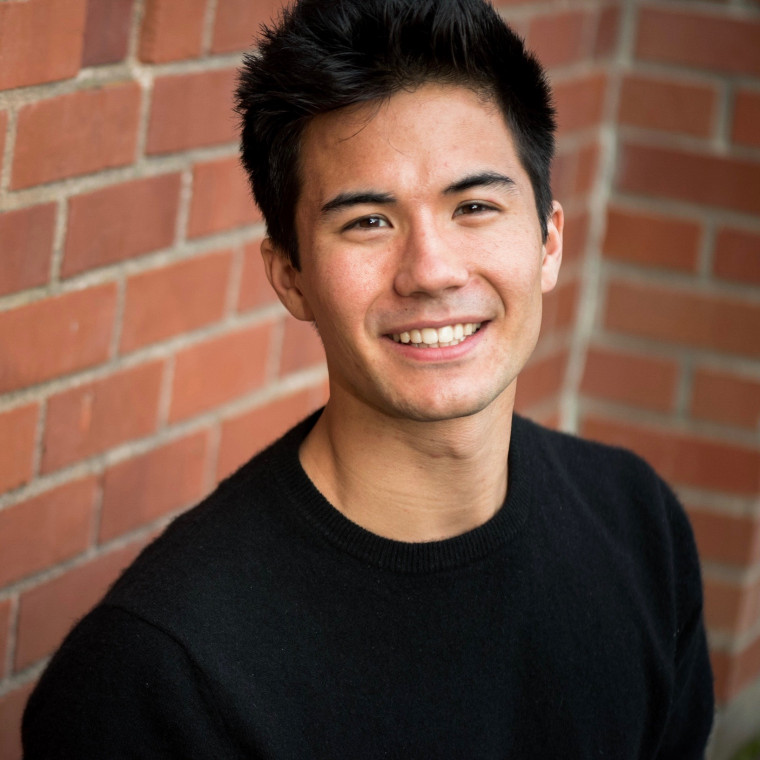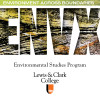Can We Solve Wicked Problems Together?
Open gallery

When I graduated from the ENVS program, I fully intended to look for a job in the renewable energy industry as a developer or as an advocate at an environmental nonprofit in Portland.
I looked for climate-related jobs the summer after graduating with little luck. As a candidate without a graduate degree or STEM background, I felt I was at a competitive disadvantage despite having interned with multiple, relevant organizations. Was my social science-y, liberal arts background holding me back?
I eventually stumbled upon an entry-level position on the other side of the country that presented a way of working on climate issues I had never encountered before. The Boston-area job posting called it environmental conflict resolution.
I learned the field of conflict resolution is well-established, though not well-known. It is sometimes referred to as alternative dispute resolution (ADR) because it offers an alternative to traditional decision-making processes in meetings, negotiations, courts, boardrooms, and governing bodies.
I joined the nonprofit Consensus Building Institute (CBI), a group of mediators working on some of the most wicked social and environmental problems that I learned about as an undergraduate, including climate change, environmental degradation and restoration, water scarcity, and reform of the healthcare, criminal justice, and education systems. I’m not saying “wicked” because I live in Boston: it is a term for unique challenges that have many interdependent factors but no clear, correct solution.
The service CBI offers, broadly, is the chance for people with different perspectives to hash it out in a room together. For example, when The Nature Conservancy wanted to accelerate renewable energy development across New York State while minimizing local impacts, I helped organize and facilitate a series of workshops bringing together developers, conservation groups, farmers, local communities, and state agencies to identify siting principles and best practices. My job offered me the chance to develop my own practice in negotiation, mediation, and meeting facilitation while supporting senior practitioners.
When I first started, I struggled to take on my designated role as the neutral party in the room. As an outspoken person with left-leaning beliefs that are core to my identity, I had to hold space for people whose opinions were far from mine. However, I learned that if representation at the table was balanced and I was doing a good job making sure everybody chimed in, the interests behind peoples’ positions would reveal themselves. We could dig into those shared and diverging interests and build healthier relationships in the process.
Our methodology is based on research showing that finding the solution that captures the most value requires adopting a collaborative approach that engages everyone who has a stake in the issue on the outcomes and benefits they seek. Value is frequently lost when people are shut out of the process, ignored, or overruled.
In the fall, I will be starting a Masters in City Planning at MIT with a focus on Environmental Policy and Planning to learn more about climate adaptation. These days, urban planners frequently utilize consensus-based approaches. But wherever I end up, I will always fall back on what I have learned about creating collaborative, productive relationships with other people and organizations.
For majors or prospective majors in the ENVS program wondering where they might end up someday, I offer the following thoughts:
- Grassroots advocacy is not the only way to affect change in the world. Canvassing at farmer’s markets or hawking green products are not the only career options. If you are a wonk, like me, there are tons of interesting public, private, and nonprofit sector jobs that deal with environmental policymaking, planning, and analysis.
- The most useful step I took to find a career path was creating a central narrative for myself during college. It doesn’t need to be perfect. It can change as you do. ENVS gave me a great opportunity to just pick something that I could say I cared about without wincing. Just pick an issue, and throw yourself into it.
More Environmental Studies Stories
Environmental Studies is located in room 343A of John R. Howard Hall on the Undergraduate Campus.
MSC: 62
email envs@lclark.edu
voice 503-768-7790
fax 503-768-7620
Symposium Advisor Jessica Kleiss
Environmental Studies
Lewis & Clark
615 S. Palatine Hill Road MSC 62
Portland OR 97219


